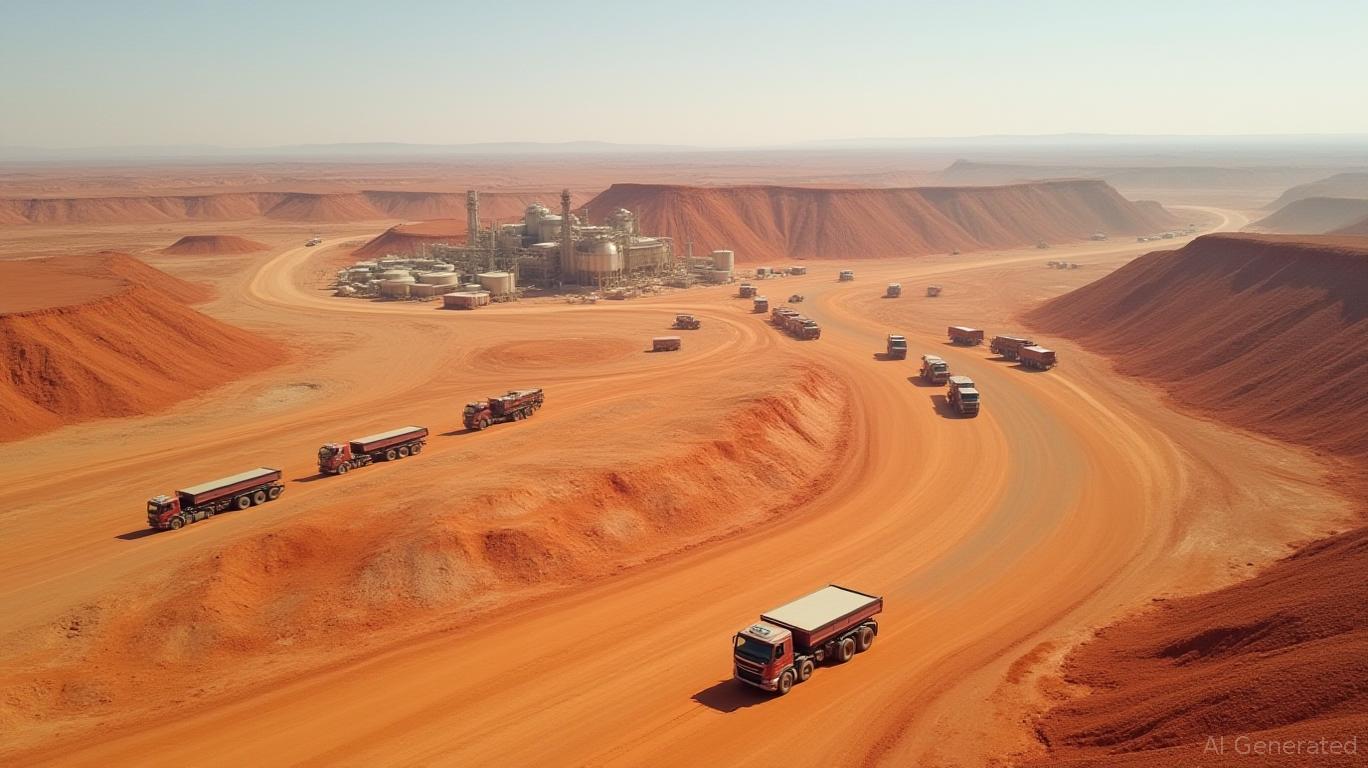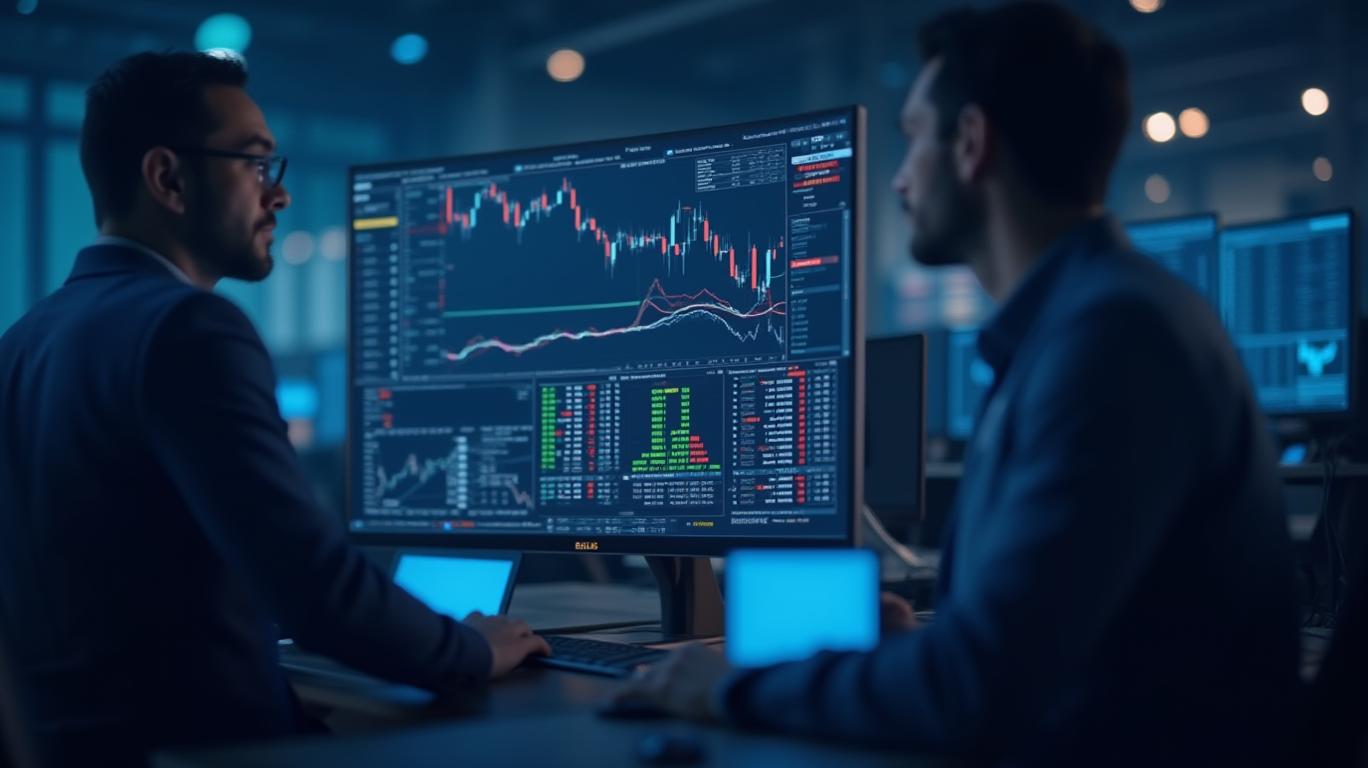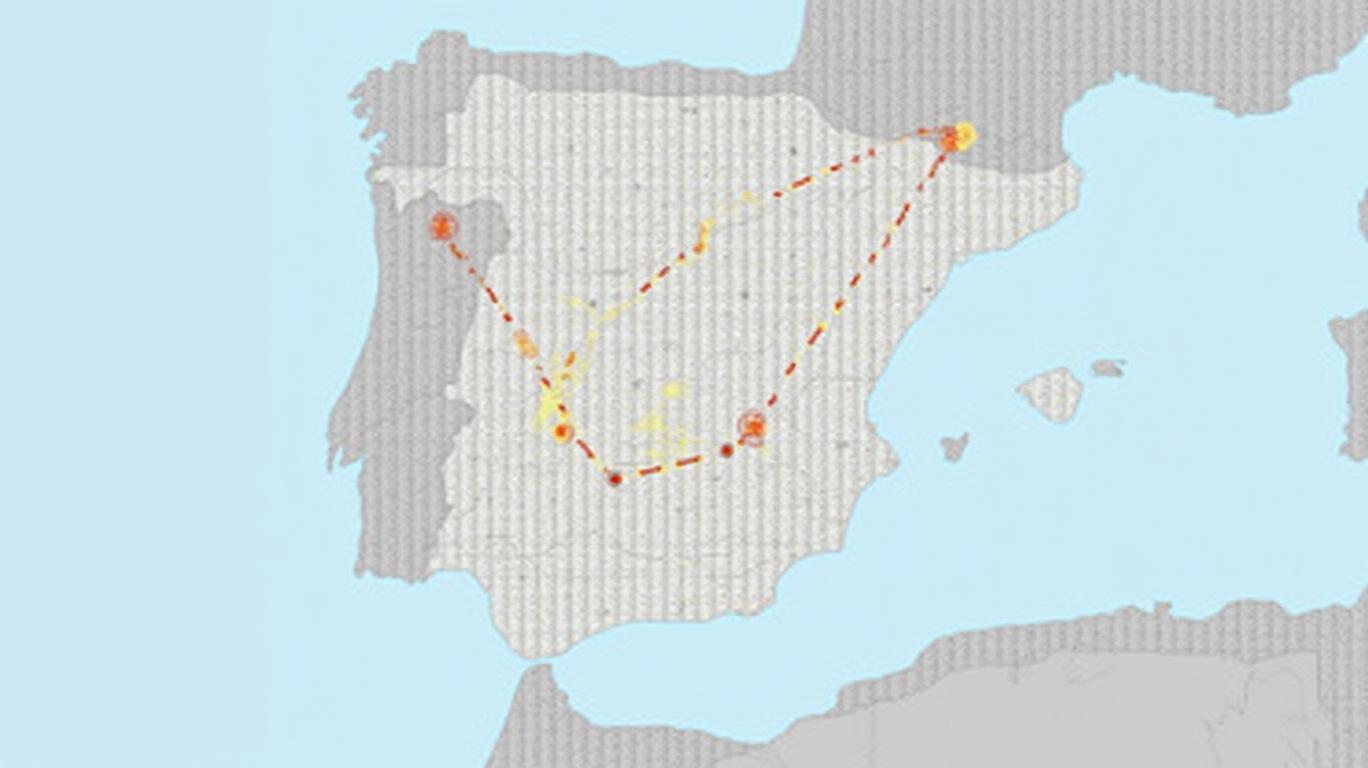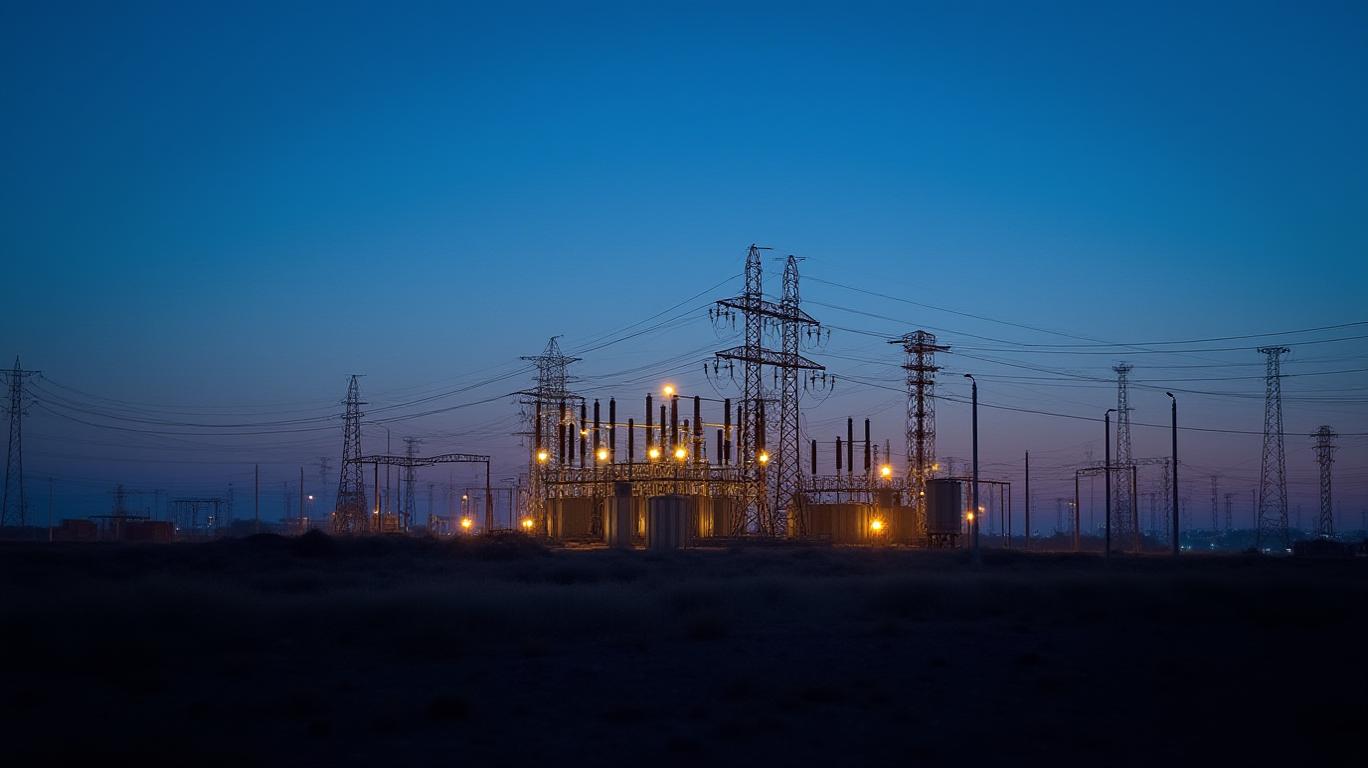Iberdrola's Blackout Dilemma: Grid Vulnerabilities and Investment Risks
The power outage that struck Spain and Portugal on April 28, 2025, was a stark reminder of the fragility of modern energy systems. While investigations into the cause continue, Iberdrola CEO Ignacio Galan has publicly urged grid operator Red Eléctrica de España (REE) to explain the cascading failure that left millions without power. This incident raises critical questions for investors: How exposed is Iberdrola to grid-related risks? Can the company capitalize on the push for grid modernization, or does its deep ties to Spain’s energy infrastructure pose hidden liabilities?
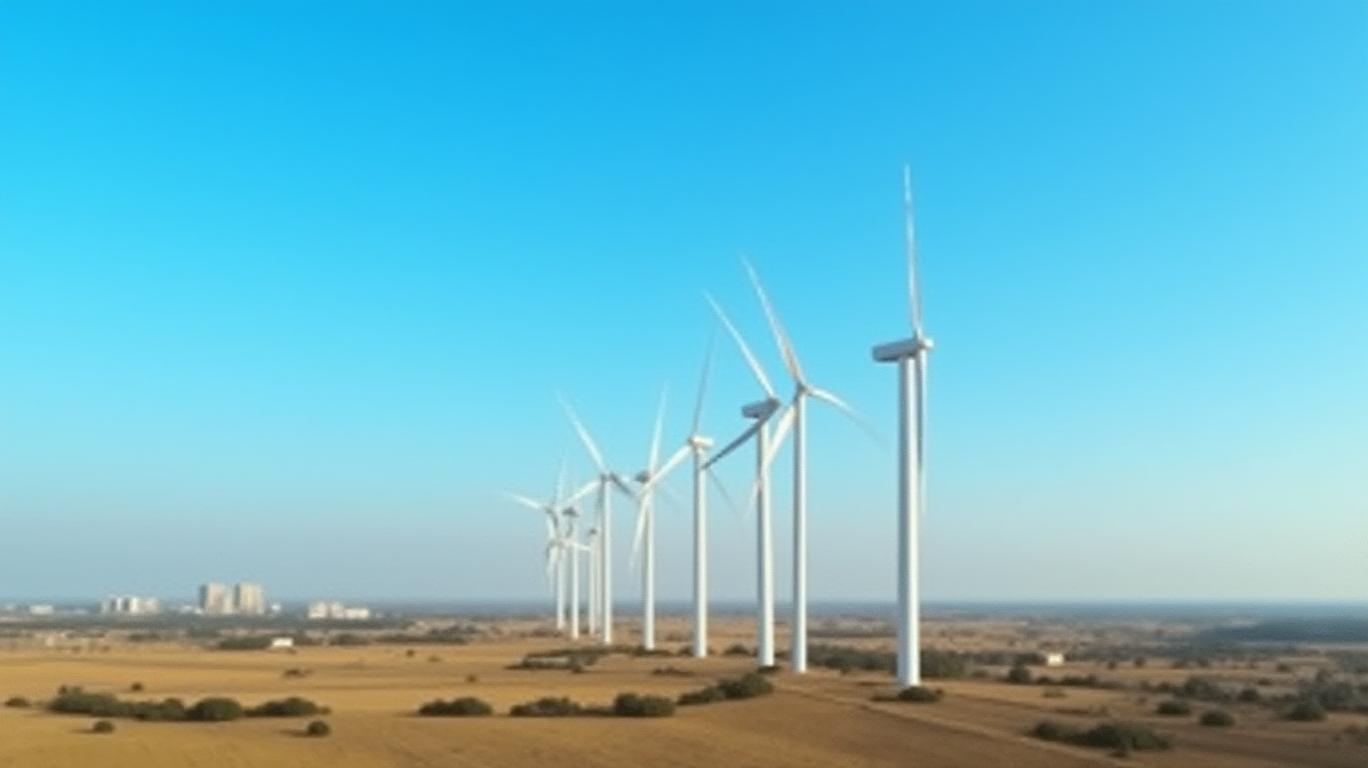
The Blackout: A Systems Failure, Not a Renewable Crisis
Initial analyses suggest the outage was triggered by a combination of interconnection failures and low grid inertia, exacerbated by Spain’s reliance on renewables. According to Red Eléctrica, the collapse began when a sudden loss of 15 gigawatts (GW) of generation—equivalent to 60% of real-time demand—overwhelmed the grid’s ability to stabilize. While renewables contributed 56% of Spain’s electricity in 2024, they were not the root cause. Instead, the outage highlighted systemic weaknesses:
- Low Inertia: Renewable sources like wind and solar lack the rotational mass of traditional thermal plants, leaving grids prone to frequency instability.
- Interconnection Limits: Spain’s fragile ties to France (max capacity: 3.8 GW) left it isolated when the interconnector failed.
- Protection Overload: Automatic disconnection mechanisms, meant to prevent equipment damage, instead triggered a cascading collapse.
Crucially, Iberdrola’s infrastructure does not appear to have been directly at fault. However, as Spain’s largest utility, its operations and investments are deeply intertwined with the grid’s vulnerabilities.
Investment Implications: Risks and Opportunities
Near-Term Risks
The outage has already sparked political and regulatory scrutiny. Spanish Prime Minister Pedro Sánchez has called for an independent audit of grid management practices, which could lead to stricter oversight of utilities like Iberdrola.
Note: A dip in IBE.MC’s stock price in late April 探2025
Investors should monitor:
- Regulatory Costs: Upgrades to grid inertia, interconnections, and cybersecurity could require significant capital expenditures.
- Reputational Damage: Public distrust in energy infrastructure may pressure Iberdrola to accelerate grid modernization projects, diverting resources from other priorities.
Long-Term Opportunities
The outage has also created a catalyst for grid investment. Spain’s government has pledged to boost interconnections with Europe and adopt technologies like synchronous condensers to stabilize frequency. Iberdrola, with its expertise in renewable integration and grid management, is well-positioned to lead these initiatives.
- Grid Modernization Contracts: The EU’s 2025 Green Deal funding targets grid upgrades, offering Iberdrola opportunities in projects like the Spain-France interconnector expansion.
- Renewables + Storage Synergy: Iberdrola’s wind and solar assets, paired with battery storage, could help mitigate inertia issues while boosting profitability.
Key Data Points for Investors
- Grid Inertia: Spain’s grid inertia has fallen to 0.5 seconds of kinetic energy storage, down from 1.5 seconds a decade ago.
- Interconnection Capacity: Spain’s ties to France represent just 5% of its peak demand, far below the EU average of 15–20%.
- Iberdrola’s Renewables Portfolio: The company operates 40 GW of renewable capacity globally, with Spain accounting for 30% of its generation.
Conclusion: Navigating the Transition
The April 2025 blackout underscores a pivotal truth: the energy transition is as much about grid resilience as it is about renewable generation. For Iberdrola, the risks are twofold. Near-term, regulatory and reputational pressures could strain its financial flexibility. Long-term, however, the push to modernize grids presents a $67 billion EU-wide opportunity (per ENTSO-E estimates) to which Iberdrola is uniquely suited.
Investors should weigh the company’s exposure to grid-related liabilities against its ability to profit from grid upgrades. While IBE.MC’s stock may face short-term volatility, its leadership in renewables and grid solutions positions it to thrive in a post-blackout world—if it can demonstrate robust risk management and innovation.
Note: Iberdrola’s outperformance highlights its resilience in the energy sector.
In the end, the blackout is a wake-up call for utilities to balance innovation with stability. For Iberdrola, the path to sustained growth lies in proving it can manage both.


